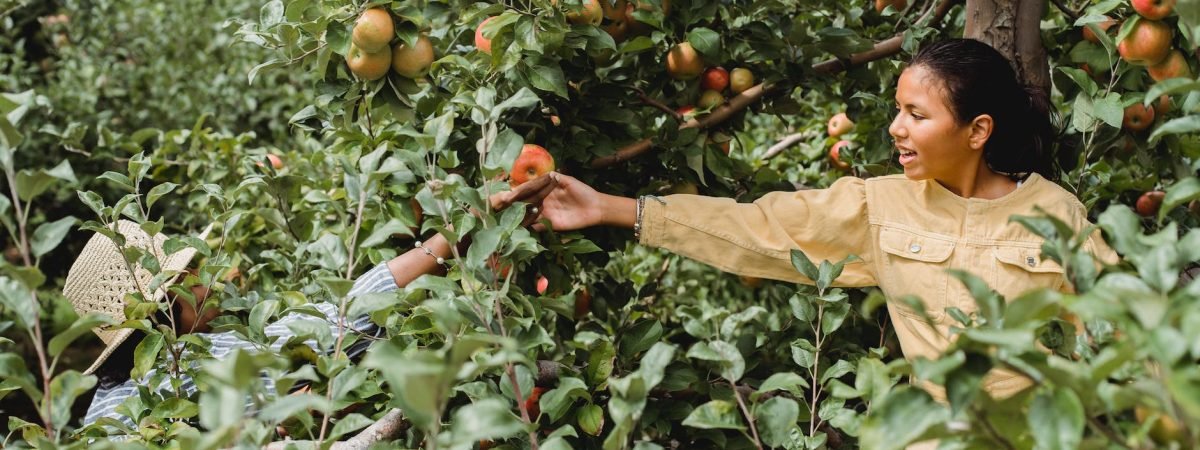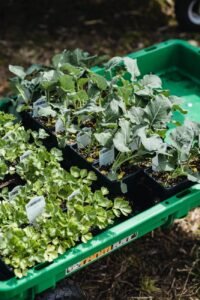Are you tired of buying fruits and vegetables that lack flavor and freshness from your local grocery store? Why not try growing and harvesting your own produce? Not only will you have access to the freshest and most flavorful fruits and vegetables, but you’ll also experience the joy and satisfaction of cultivating your own garden. In this blog post, we will guide you through the process of growing and harvesting your own produce, turning your garden into a bountiful paradise.
1. Planning your garden
Before you start digging, it’s important to plan your garden. Consider the space you have available, the amount of sunlight your garden receives, and the types of produce you want to grow. Some plants thrive in full sun, while others prefer partial shade. Make a list of the fruits and vegetables you enjoy eating and research their specific growing requirements. This will help you determine the layout of your garden and ensure that each plant gets the right amount of sunlight and water.
2. Preparing the soil
The key to a successful garden lies in the quality of the soil. Start by removing any weeds or debris from the area where you plan to plant your produce. Loosen the soil with a garden fork or tiller, breaking up any clumps and removing rocks. Add organic matter such as compost or well-rotted manure to improve the soil’s fertility and drainage. This will provide the necessary nutrients for your plants to thrive.
3. Choosing the right plants
When selecting the plants for your garden, consider your climate and the growing season. Some plants are better suited for cooler temperatures, while others thrive in warmer climates. Choose disease-resistant varieties to minimize the risk of plant diseases. Additionally, opt for heirloom or open-pollinated seeds, as they produce plants with more flavor and diversity. Don’t be afraid to experiment with different varieties and discover new favorites.
4. Planting and caring for your garden
Once you’ve chosen your plants, it’s time to get them in the ground. Follow the planting instructions on the seed packets or plant tags, ensuring that you provide enough space between each plant for proper growth. Water your garden regularly, keeping the soil moist but not waterlogged. Mulch around your plants to suppress weeds and retain moisture. Monitor your garden for pests and diseases, and take appropriate action to protect your plants.
5. Harvesting your produce
As your plants grow, you’ll start to see the fruits of your labor. Harvesting your produce at the right time is crucial for optimal flavor and texture. Different fruits and vegetables have different signs of readiness, so it’s important to do your research. For example, tomatoes should be harvested when they are fully colored and slightly firm, while lettuce is best picked when the leaves are young and tender. Use a sharp knife or pruning shears to harvest your produce, taking care not to damage the plant.
6. Enjoying the fruits of your labor
Now that you’ve harvested your own produce, it’s time to enjoy the fruits of your labor. Incorporate your homegrown fruits and vegetables into your meals for a burst of freshness and flavor. Share your bounty with friends and family, or preserve your harvest by canning, freezing, or drying. There’s nothing quite like the satisfaction of knowing that you grew the food on your plate.
Growing and harvesting your own produce is a rewarding experience that allows you to reconnect with nature and savor the flavors of freshly picked fruits and vegetables. With a little planning, preparation, and care, you can transform your garden into a thriving oasis of deliciousness. So, roll up your sleeves, grab your gardening tools, and get ready to embark on a journey of garden delights!















